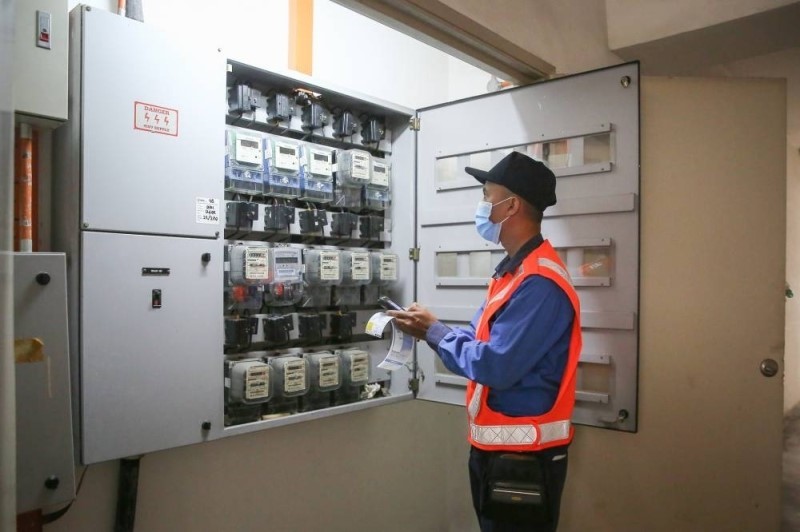
Image credit: Malay Mail
PETALING JAYA: Manufacturers in the medium and high voltage (MV and HV) categories have recorded an increase of between 35% and 43% in their January electricity bills following the implementation of a surcharge for industries in that category, says Federation of Malaysian Manufacturers (FMM) president Tan Sri Soh Thian Lai.
Given the diverse consumption, load profiles and nature of businesses among these industries, he said the cost hike for energy-intensive industries could range from 1% to more than 10%.
“Of the surveyed manufacturers, 10.5% are under medium voltage general industrial tariff, many of whom are SMEs (small and medium enterprises) that have invested to upgrade from low voltage to medium voltage due to operational requirement and savings.
“But they now have to cope with a significant increase in the effective tariff that is higher than the low voltage industrial tariff,” he added.
Another 59% surveyed were under medium voltage peak/off-peak industrial tariff including those medium-sized companies that now had to pay bills in hundreds of thousands of ringgit per month while 8.4% were high voltage customers that would have to pay millions in additional bills per month, said Soh.
He urged the government to implement a gradual increase in surcharge to minimise the cost impact on the supply chain, including end-customers.
On Dec 16, 2022, Natural Resources, Environment and Climate Change Minister Nik Nazmi Nik Ahmad announced a surcharge at the rate of 20sen per kWh would be imposed from Jan 1 to June 30 this year on medium voltage and high voltage users among industries including multinational corporations.
He said the government would subsidise RM1.93bil in order to avoid a significant increase in the surcharge should it be passed on entirely to users.
Soh said the ripple effects of the Russia-Ukraine conflict also continued to weigh on economic activities causing supply chain disruptions and hikes in commodity prices, affecting the price of food and energy.
Also feeling the pinch are the semiconductor industries in Penang.
Clarion (M) Sdn Bhd managing director TK Tan said instead of imposing the rates, the government could help industries go green by investing in solar panels.
“It takes a bit of planning but going green is not only good for the industries but also for the country and globally,” he said, adding that industries should be encouraged to invest in green energy as it was cheaper and convenient.
Malaysia Semiconductor Industry Association president Datuk Seri Wong Siew Hai also said the government should impose the surcharge gradually, perhaps over a period of three years.
He cited an example in which a company’s energy bill jumped by 44% in January, totalling RM3.2mil.
“If the company isn’t able to absorb the cost, it will hit bottom and may announce losses,” he added.
He said the association supported the government subsidy rationalisation, “but we appeal to the government for a more gradual and tenable surcharge rate to ease some of the cost burdens on industrial users during a prolonged period of uncertainty”.
Wong added that so far this year, the industry had been hit with a 25% increase in minimum pay, an increase in overtime threshold to RM4,000, higher electricity costs, an increase in raw material prices, a shortage of workers, higher logistics costs, and others.
Operators would need to restructure their businesses and lay off workers to reduce expenses if they could not absorb the rising costs, he added.
Source: https://www.thestar.com.my/news/nation/2023/02/21/new-power-surcharge-hitting-manufacturers-hard

